According to the CBSE Syllabus 2023-24, this chapter has been removed from NCERT Class 9 Science textbook.
CBSE Class 9 Science Notes for Chapter 13 – Why do we fall ill?
Introduction
Health is a state of overall well-being that includes physical, mental and social well-being. The health of a person does not only depends on them but also on their surrounding environment. Without maintaining good health, it is impossible to carry out normal day-to-day activities and function well enough in all aspects, i.e., physically, mentally and socially.
Here we will learn about the significance of health, various diseases, their types, causes, modes of transmission, manifestation, prevention, immunisation and treatment.
Why Do We Fall Ill – Chapter Summary

Health
Health is a complete state of physical, mental and social well-being.
The Immune System
An immune system is part of the body that provides protection against infection from pathogens, invading foreign substances and other toxins. There are certain specialised cells, e.g. lymphocytes, macrophages, etc., which kill microbes that enter our body and help in keeping their numbers in control. If our immune system is strong enough, we are less likely to get an infection, and if it is weak, we are more at risk of getting diseases. This is the reason why some children are more prone to diseases than others. So we need good nourishment for the proper functioning of the immune system and to prevent infectious diseases.
Read more: Immune System.
The immune system helps in preventing the reoccurrence of disease after primary exposure, e.g. if we get smallpox once, there is no chance of suffering from it again. This happens due to the specific memory of the primary infection of a particular microbe by specialised immune system cells. When the pathogen or its close relatives enter again, the immune system elicits a heightened response against the pathogen. It results in faster elimination of the pathogen. This is the basis of immunisation, wherein an attenuated or weakened pathogen is injected to generate immunity against the pathogen and prevent further infection.
Skin and Mucous Membranes
Skin and Mucous membranes act as the layer of defence. While skin protects the body externally, mucous membrane protects the insides of the body.
WBC
WBC- White blood cells are called Leucocytes or Leukocytes. They are the important components of our immune system and are present in the blood and lymph. They function by attacking and killing pathogens and protecting our body free from pathogens and infections. There are different types, and they are classified based on location as well. The different types of White blood cells found in the blood are neutrophils, lymphocytes, monocytes, basophils, ad eosinophils. These blood cells have specialized functions.
Macrophages and NK Cells
Macrophages are large and specialized cells of the immune system. These cells are produced in response to infections or due to the development of damaged or dead cells. They attack cancer cells through destruction and ingestion. Natural Killer Cells bind to the enemy cell, and they dissolve the membrane so the cell can’t function.
Dendritic Cells
Dendritic cells create memory and carry information about the pathogens to the liver, spleen, and lymph nodes.
Inflammatory Response
An inflammatory response is seen in the body when it gets injured or infected by a pathogen. Inflammations help in the localization of the issue and prevent it from spreading.
For More Information On How Our Immune System Works, Watch The Below Video:

Diseases
A disease is a discomfort the body experiences physically or mentally. A disease could be caused due to external or internal factors. The two types of disease are:
Read more: Diseases
Acute Diseases
Acute diseases are those that last for a very short time. These diseases can be fatal and are usually caused by an external agent. E.g. common cold, flu, pneumonia, malaria, etc.
Chronic Diseases
Chronic diseases are those that last for a long time. They take a lot of time to heal and can be caused by any external or internal factor. E.g. elephantiasis, asthma, tuberculosis, diabetes, cancer, etc.
Symptoms and signs of Diseases
When the body gets diseased, it shows certain symptoms and signs of illness. These symptoms and signs help in the identification and diagnosis of the disease. A symptom is felt by the affected person, while signs can be detected by another person. A symptom is, thus, subjective, and a sign is objective. E.g. In malaria, we get a high fever, chills, etc. The symptoms of dengue fever include fever, nausea, pain, rashes and bleeding from the nose.
Causes of Disease
Different Types of Causes of Disease
Diseases can be caused due to pathogens such as viruses or bacteria. Some diseases can also be due to internal factors such as genetic mutation.
Infectious Diseases
Diseases that are caused by pathogens and can spread to other individuals in the population are called infectious diseases. E.g. common cold, smallpox, malaria, HIV, etc.
Non-infectious diseases
Diseases that cannot spread from one individual to another are called non-infectious diseases. Usually, these diseases are not caused by a pathogen. E.g. diabetes and high blood pressure.
Read more about Infectious and Non-Infectious diseases.
Pathogens
Pathogens are external agents that cause diseases in other organisms. This pathogen includes harmful microbes or microorganisms such as bacteria, viruses, fungi or protozoa.
Also Read: Pathogens
Vector
Vectors are those organisms that carry a pathogen from the host to the recipient. Mosquitoes, rats and mice are some of the common vectors that carry infectious diseases.
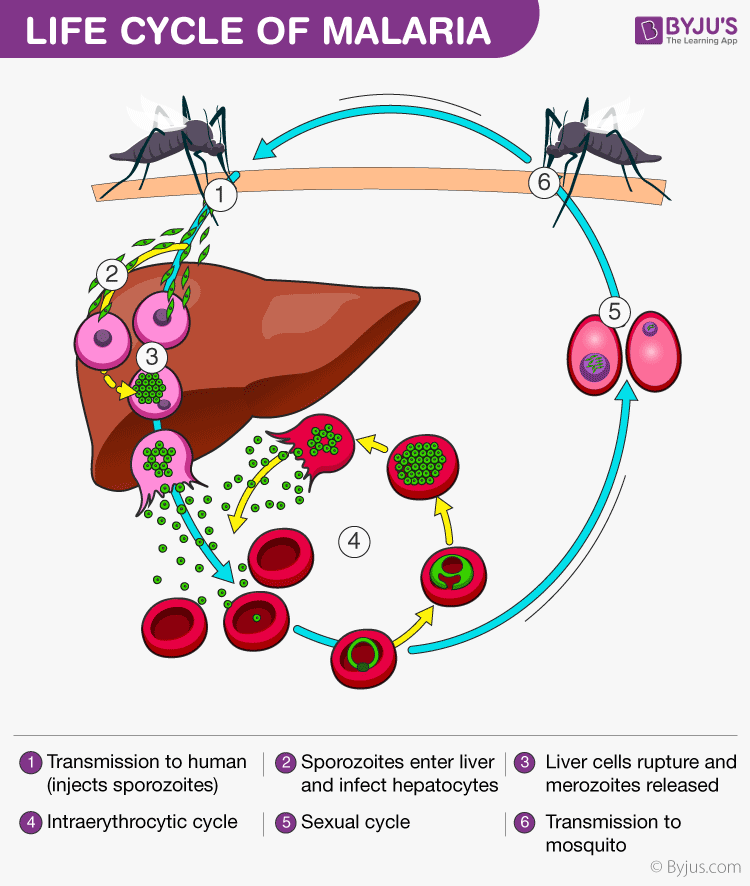
Bacteria
Bacteria are microorganisms that are seen in almost all environmental conditions. Not all bacteria are harmful to pathogens. Some bacteria are also beneficial to human beings. Bacteria are beneficial for, digestion, extracting antibiotics from them, nitrogen fixation, etc.

A few of the common diseases caused by bacteria are cholera, typhoid, pneumonia, tuberculosis, etc.
For More Information On Bacteria and Vectors, Watch The Below Video:

Virus
A virus is a microorganism that is always pathogenic in nature. They do not have molecular machinery to replicate without a host. Therefore, they enter the host cell and replicate and, in the process, destroy the host cell. A few of the common diseases spread by the viruses are cold, influenza, dengue fever AIDS, etc.
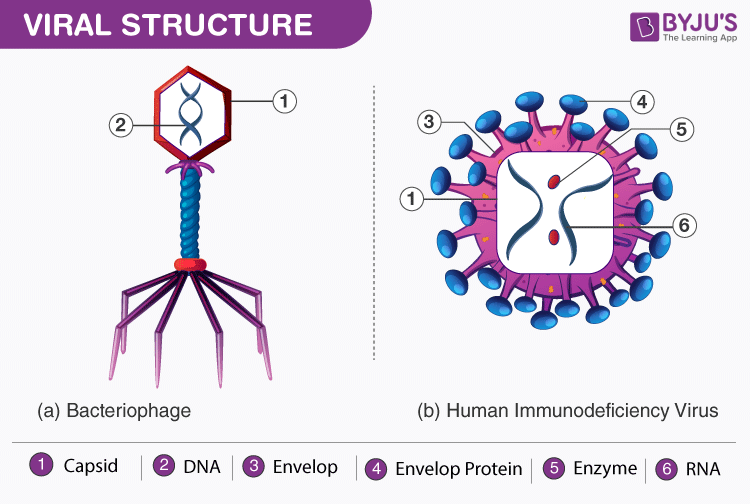
Fungi
Fungi are a group of organisms which are eukaryotic in nature and saprophytic in nutrition. They could be either unicellular or multicellular organisms. Many common skin infections, such as ringworm, nail infection, etc., are examples of fungal diseases.
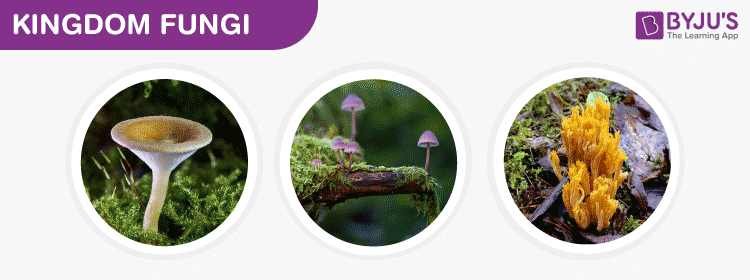
Parasites
A parasite is an organism that lives in another organism, called the host, and often harms it. It is dependent on its host for survival – it has to be in the host to live, grow and multiply.
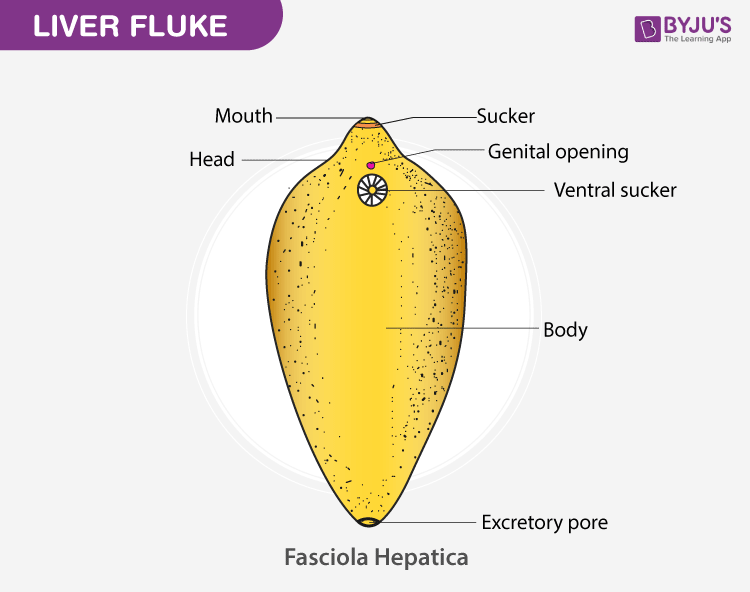
Infections
AIDS
AIDS stands for Acquired Immunodeficiency Syndrome. It is caused by the Human Immunodeficiency Virus. AIDS systematically destroys the immune system of the patient, leaving them vulnerable to the easiest of diseases.
Prevention of Disease
Antibiotics
Antibiotics are antimicrobial drugs produced from other organisms, such as fungi and some bacteria, which are used for treating harmful infections caused by pathogens or harmful microorganisms. These antibiotics function by:
- Alteration of Cell Membranes.
- Inhibition Antimetabolite Activity.
- Inhibition of Nucleic Acid Synthesis.
- Inhibiting of Cell Wall Synthesis (a most common mechanism).
- Inhibition of Protein Synthesis (Translation) (second largest class).
Preventive Measures
Preventive measures can be taken to avoid infection with various diseases. The most common measure is the maintenance of hygienic conditions.
Some of the preventive measures are the following:
- Preventing exposure to microbes by treating and storing drinking water safely.
- Wash hands with soap before eating and after defecation.
- Covering the food to stop contamination by flies.
- Cleaning vegetables and fruits thoroughly.
- Avoiding open defecation.
- Proper disposal of waste and drainage system.
- Eating a healthy and balanced diet that boosts the immune system.
- Regular exercise.
- Immunisation.
Know more about the Prevention of diseases.
Immunisation
Immunisation is the process whereby a person is made immune or resistant to an infectious disease. Vaccines are the common means to immunise people.
The process of immunisation is based on the cells of the immune system retaining the memory of a pathogen. The vaccine contains the inactivated or weakened pathogen or its antigen (protein). On introduction into the body, our immune system produces antibodies against these antigens that neutralise the infection. The immune system also remembers the particular infection and on subsequent infection it responds with greater vigour to eliminate pathogen or related species faster.
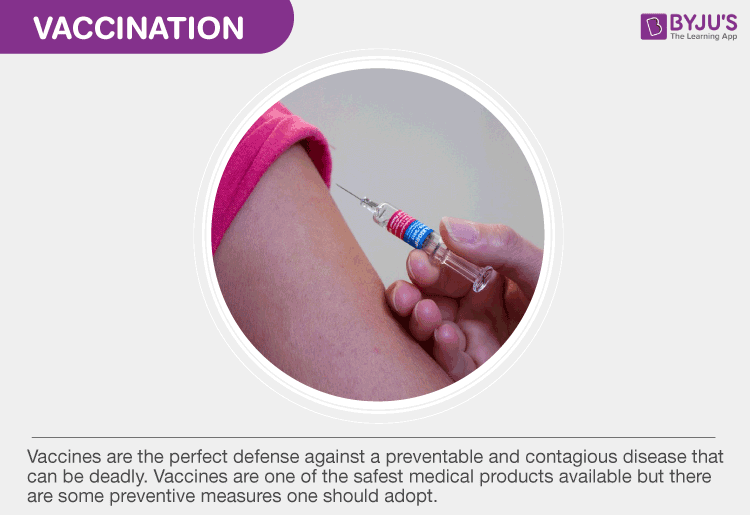
Read more about Immunisation.
Also Check:
- NCERT Solutions for Class 9 Science Chapter 13- Why Do We Fall Ill?
- NCERT Exemplar Solutions for Class 9 Science Chapter 13
- Important Questions for CBSE Class 9 Science Chapter 13 – Why do we fall ill?
- Revision Notes For Class 9 Science Chapter 13 Why do We Fall Ill
- Class 9 CBSE Notes for Chapter 12 – Sound
- Class 9 CBSE Notes for Chapter 14 – Natural Resources
- Class 9 CBSE Notes for Maths – Chapter 1 Number System
- CBSE Class 9 History Notes Chapter 1 – The French Revolution
Frequently Asked Questions on CBSE Class 9 Science Notes Chapter 13: Why do we Fall Ill
What are the function of the ‘Immune System’?
1. Fight germs/diseases which are caused by the pathogen 2. Recognise/neutralise the harmful substances 3. Protect us against harmful environmental substances
What is a ‘macrophage’?
Macrophages are specialised cells involved in the detection, phagocytosis and destruction of bacteria and other harmful organisms.
What is a ‘Bacteriophage’?
A bacteriophage is a type of virus that infects bacteria. It is also known as the ‘bacteria eater’.
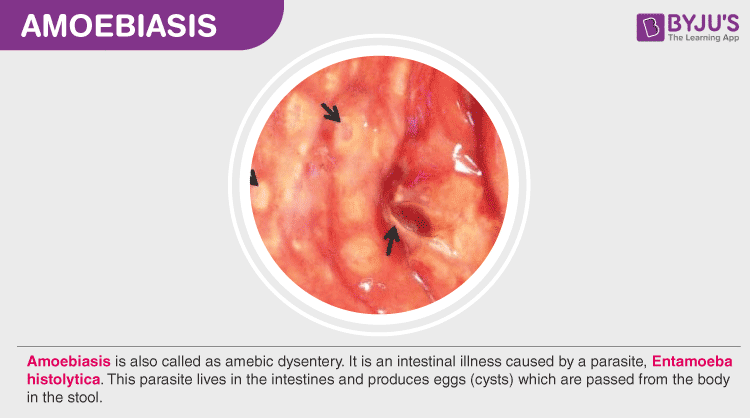
Comments